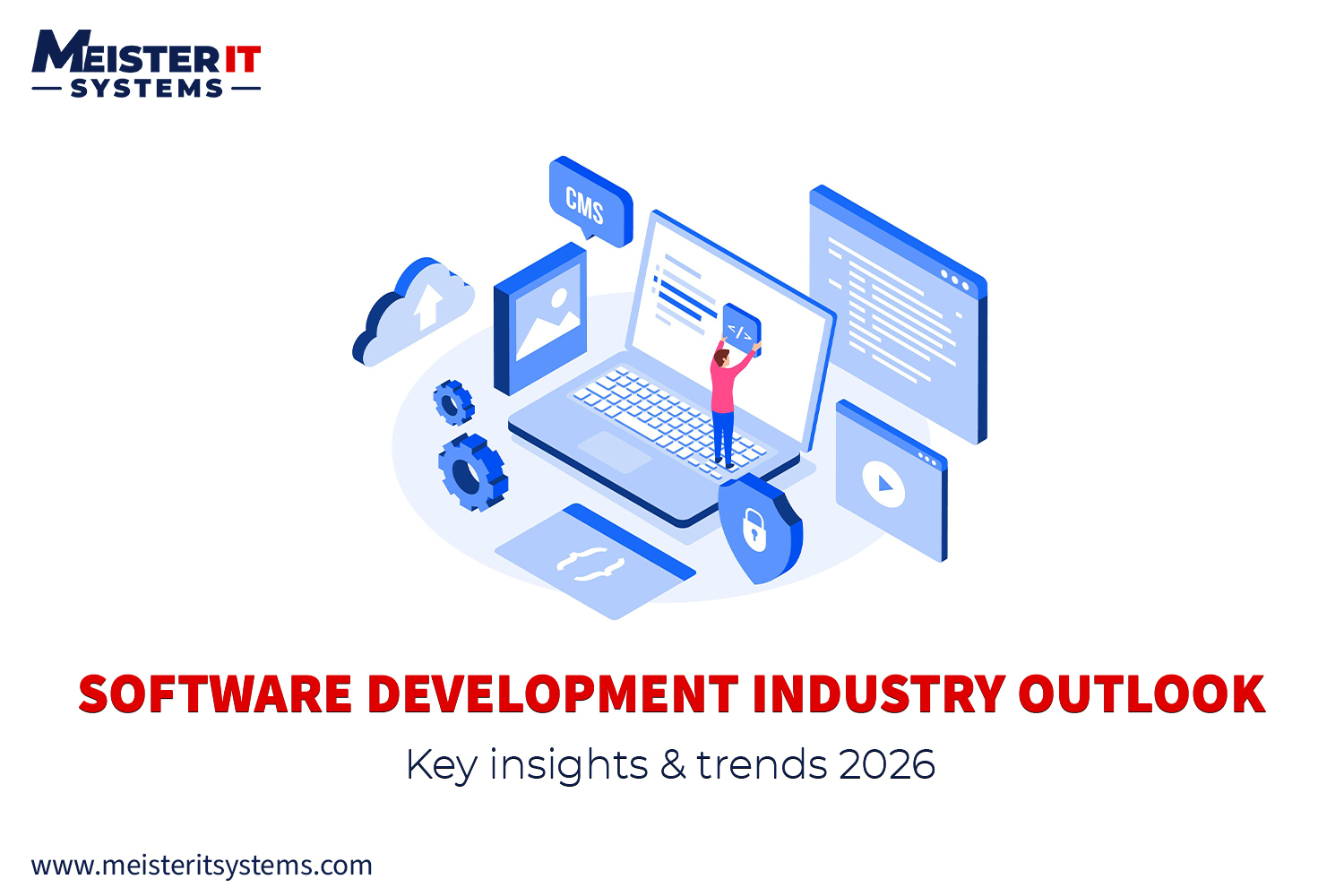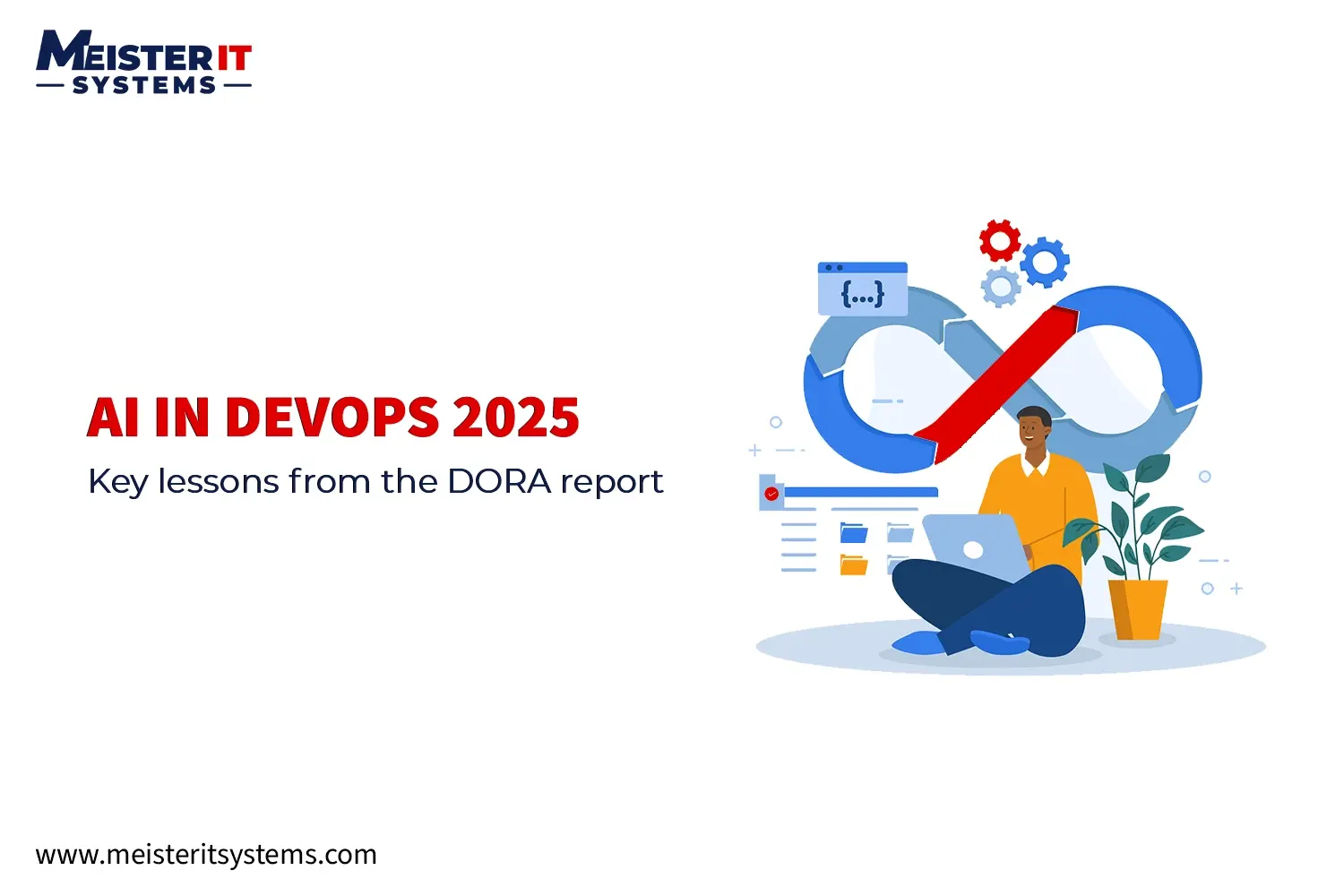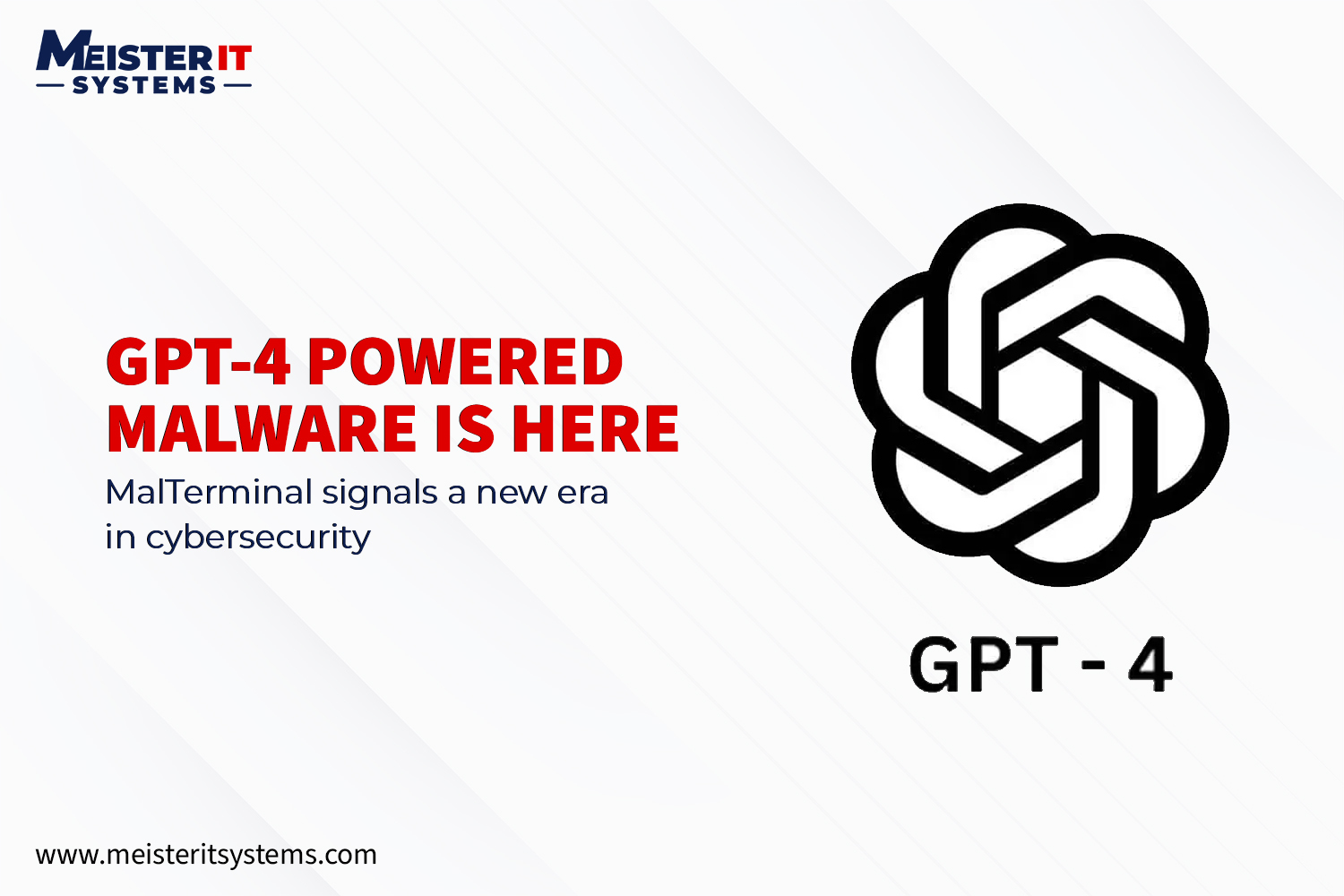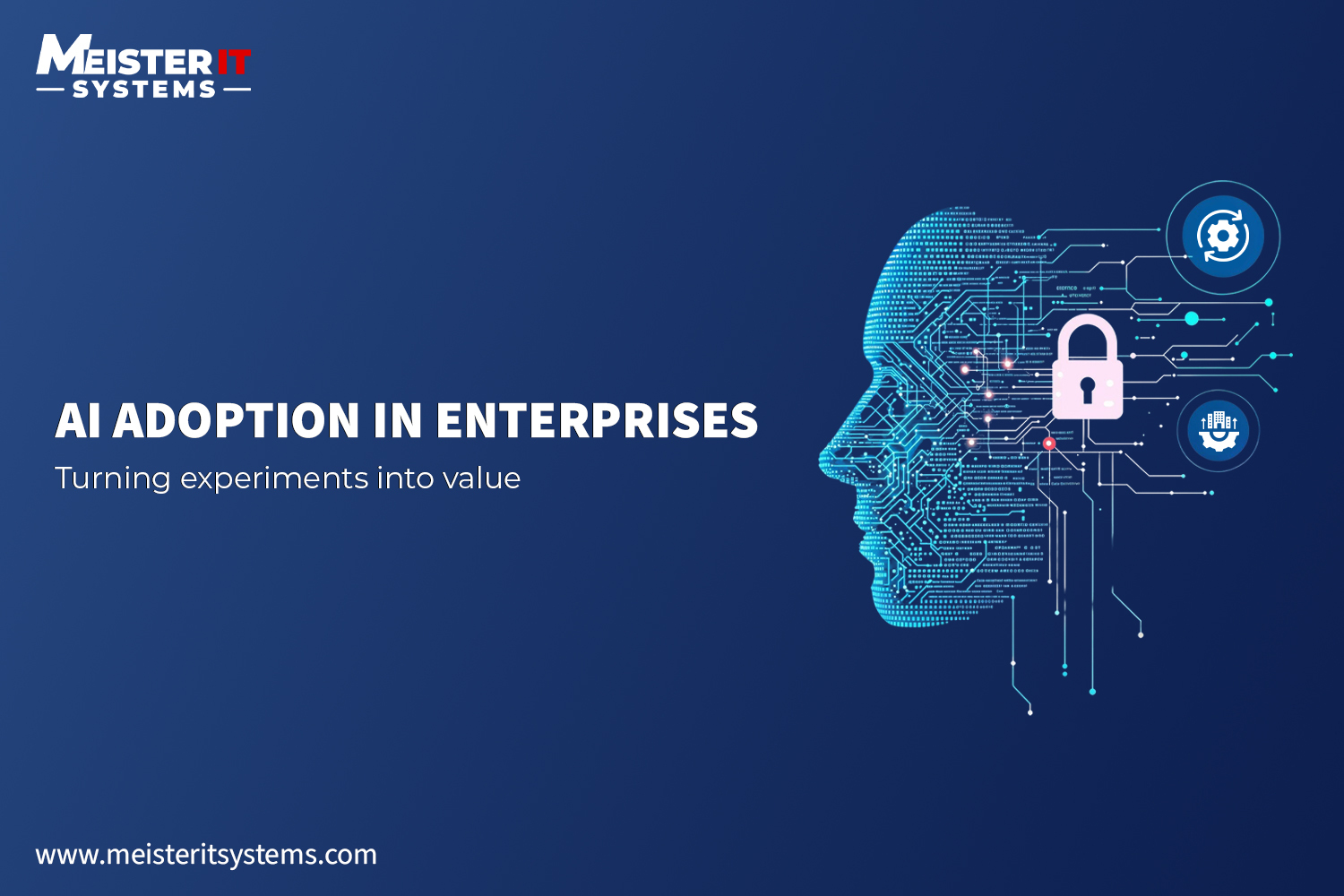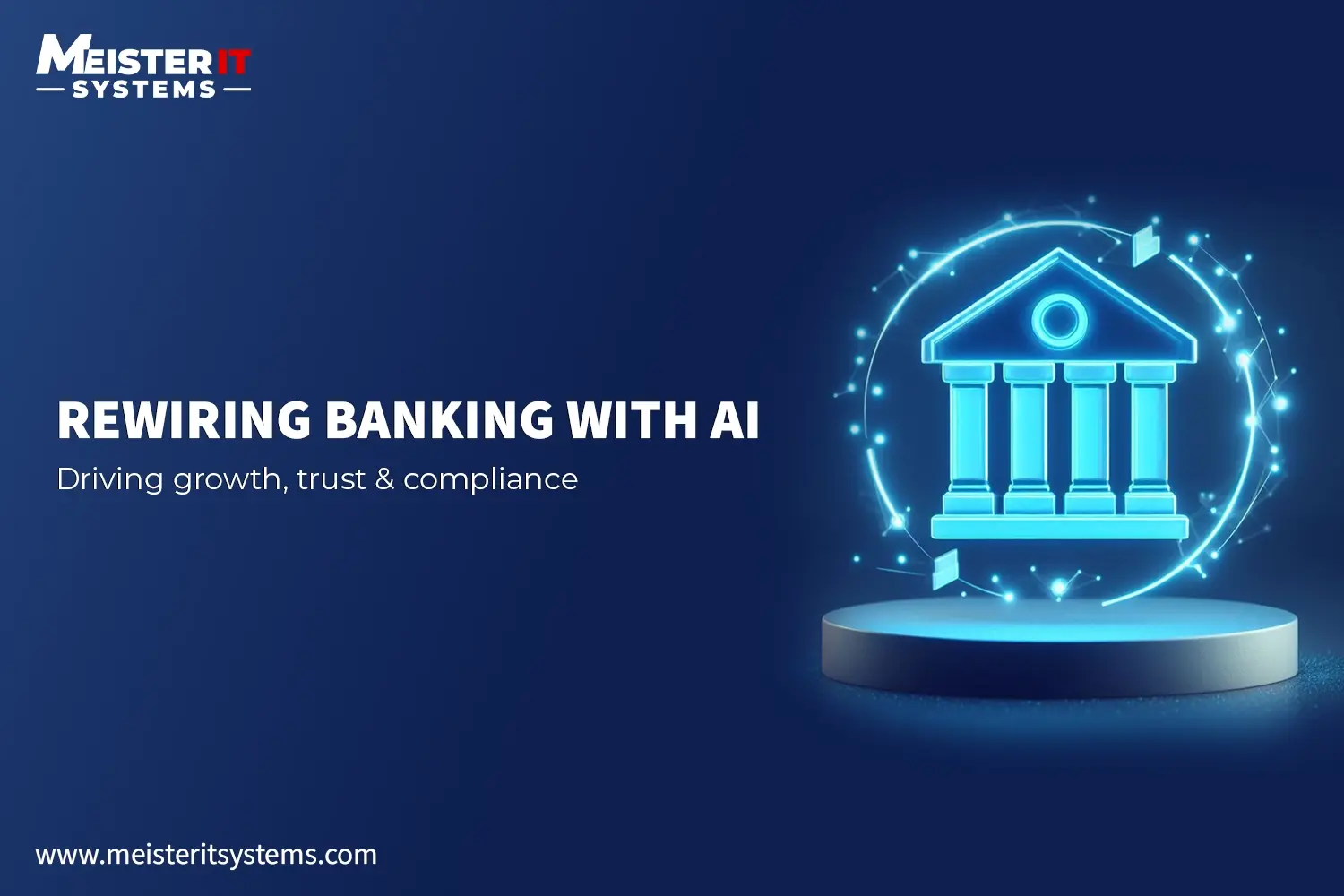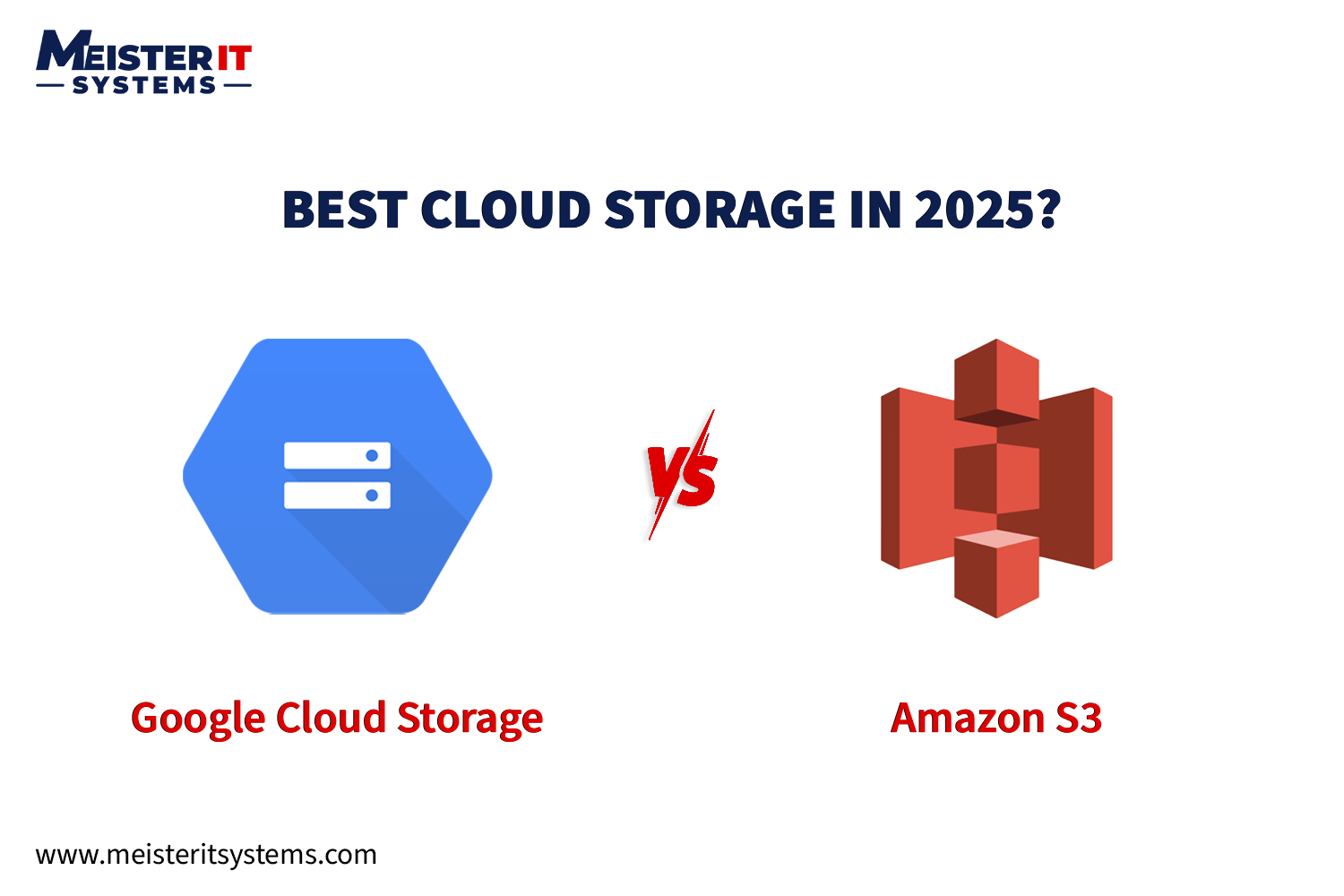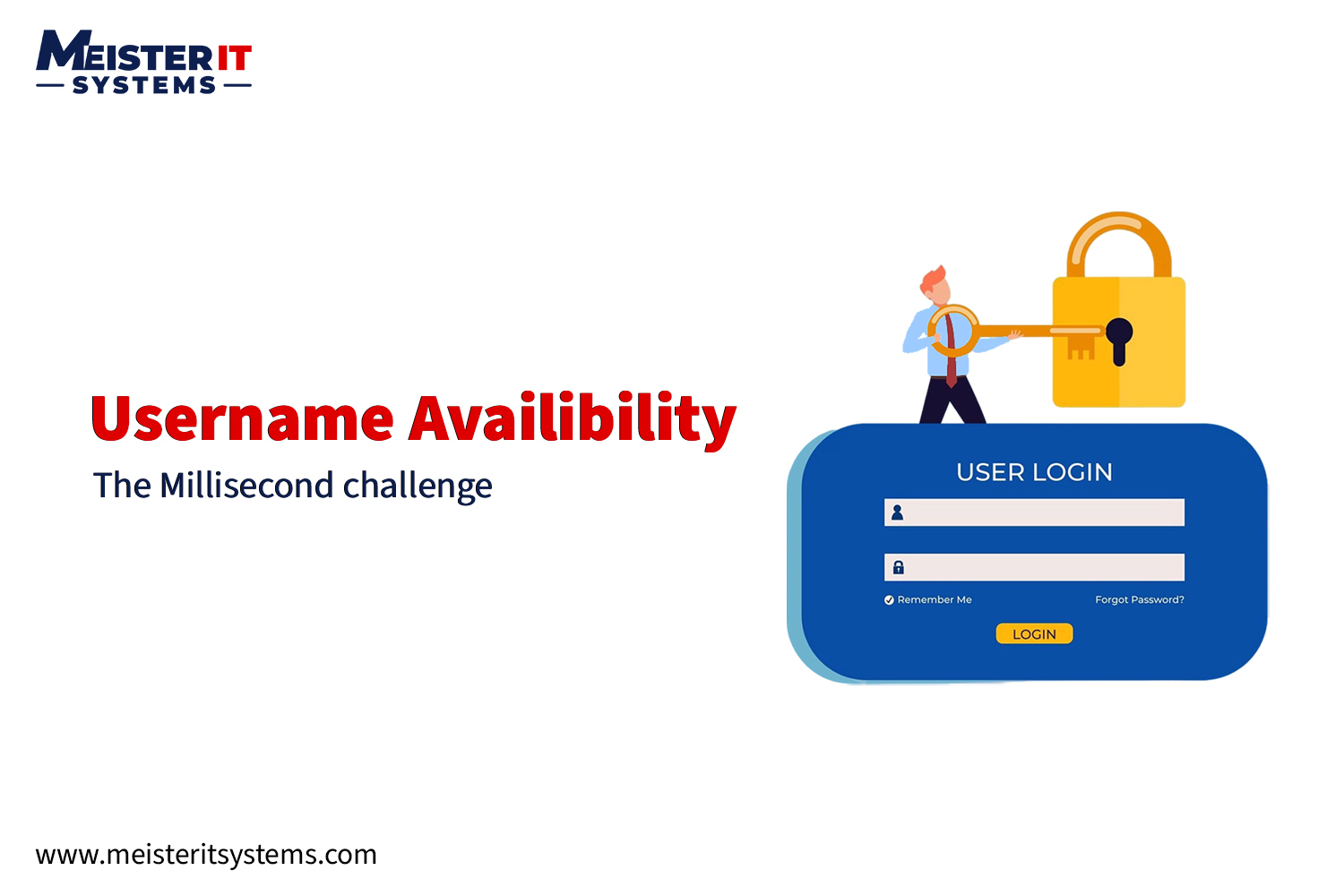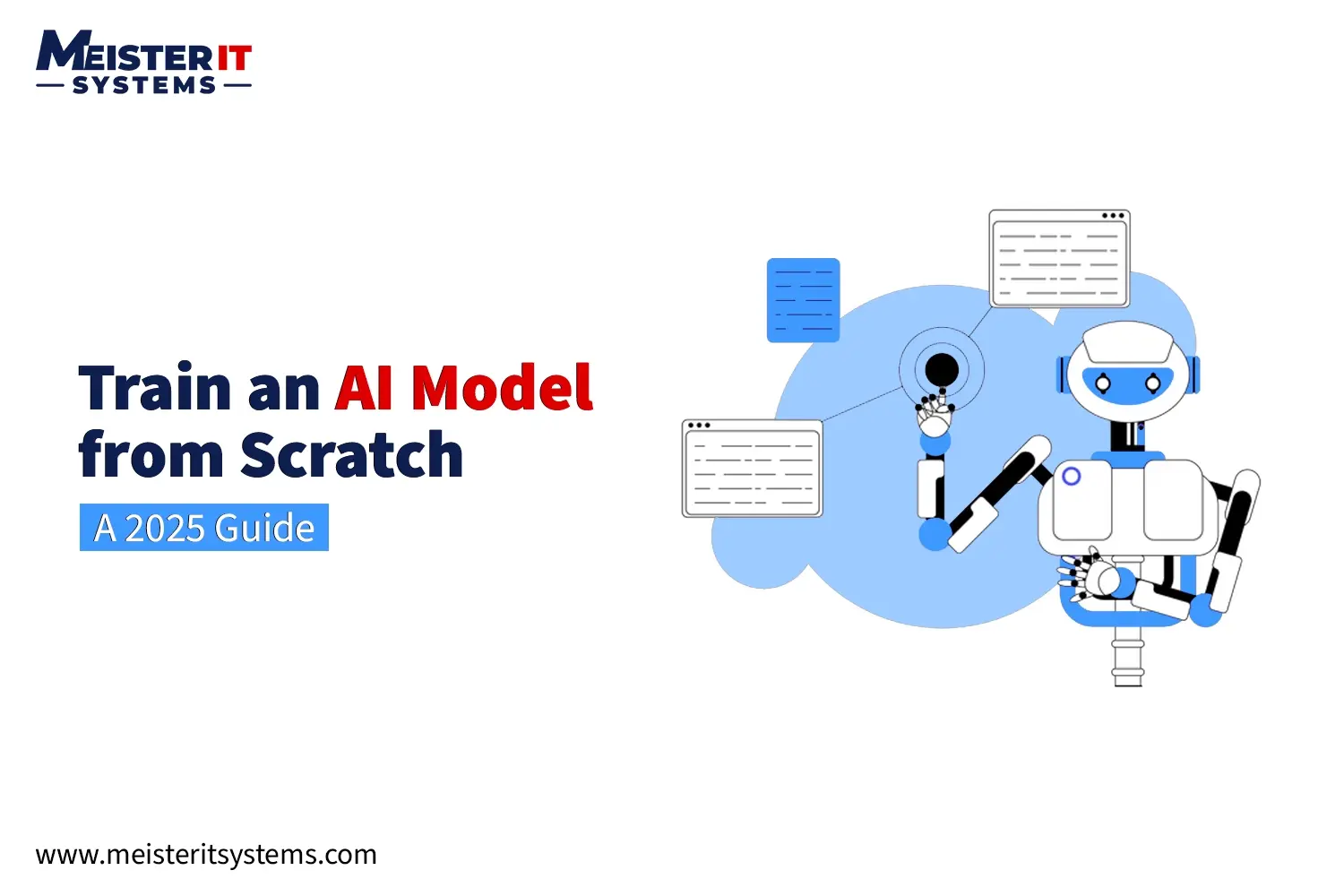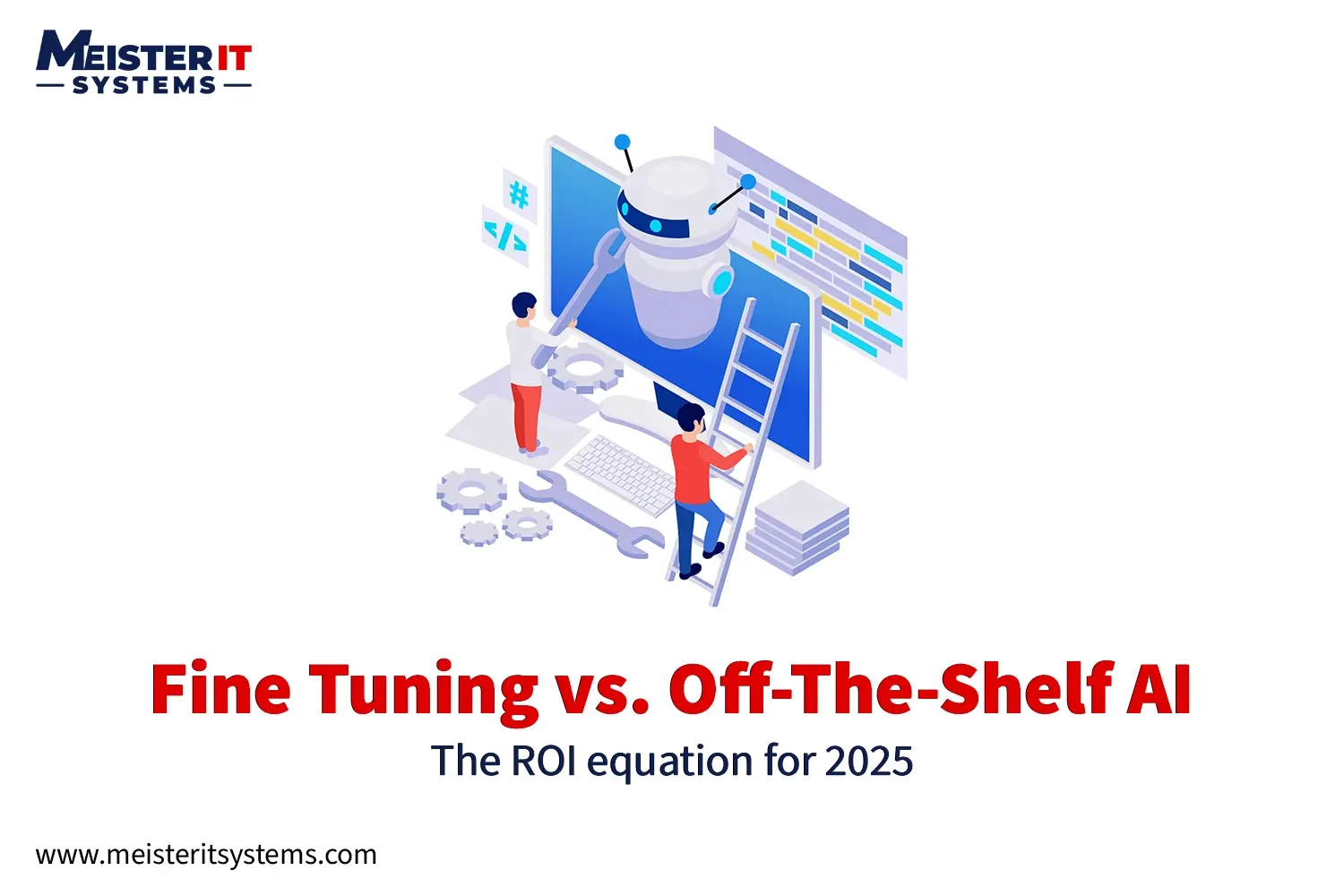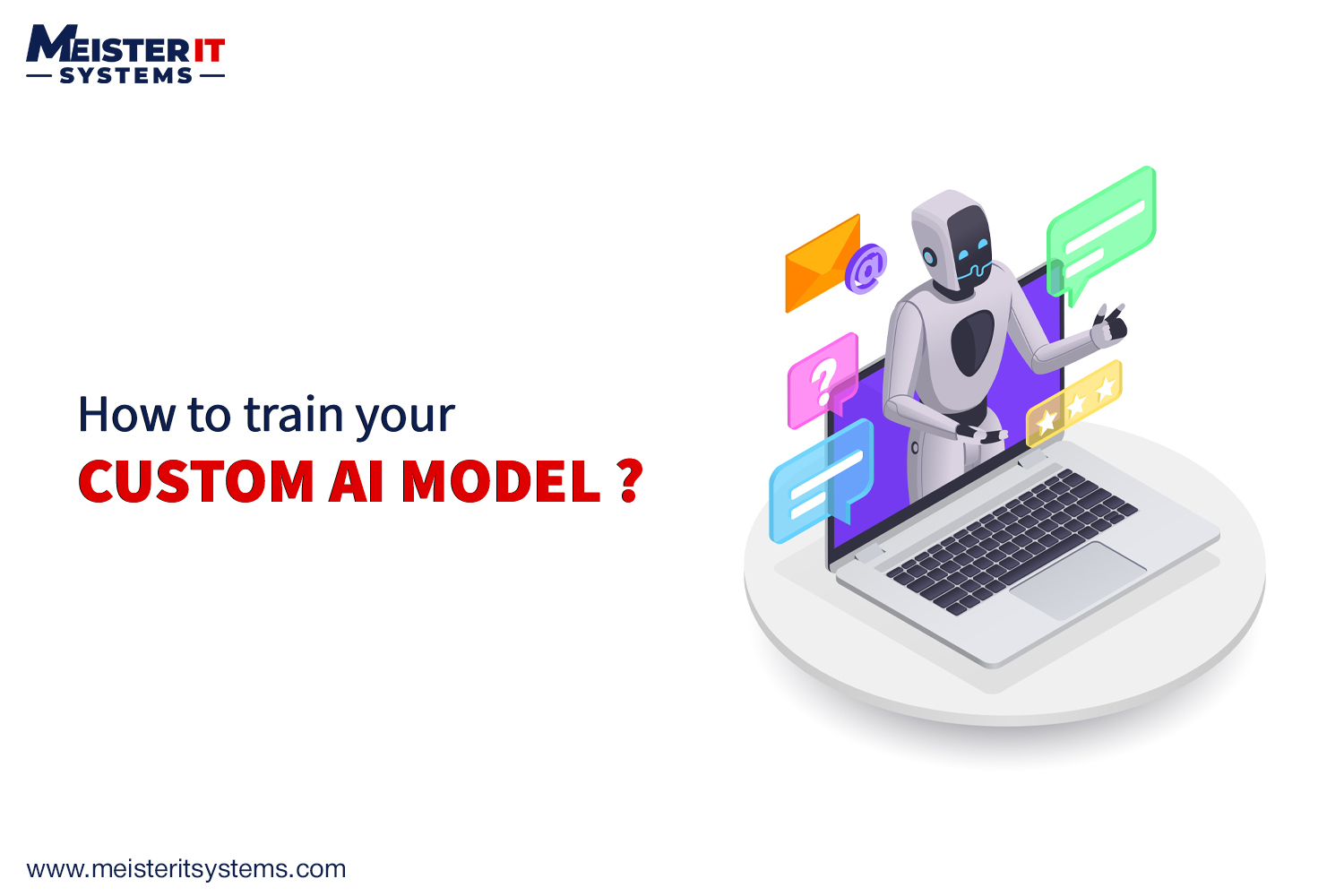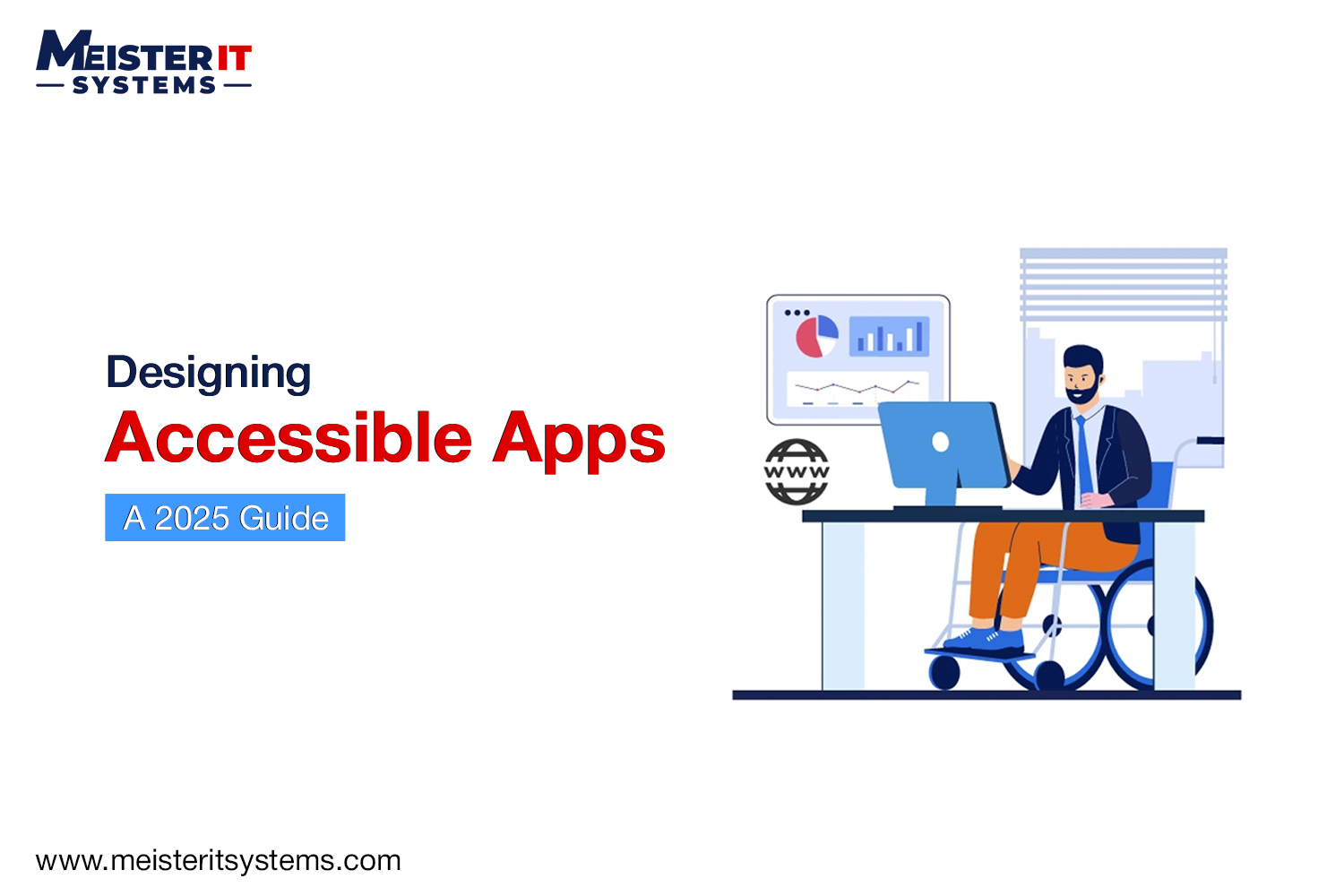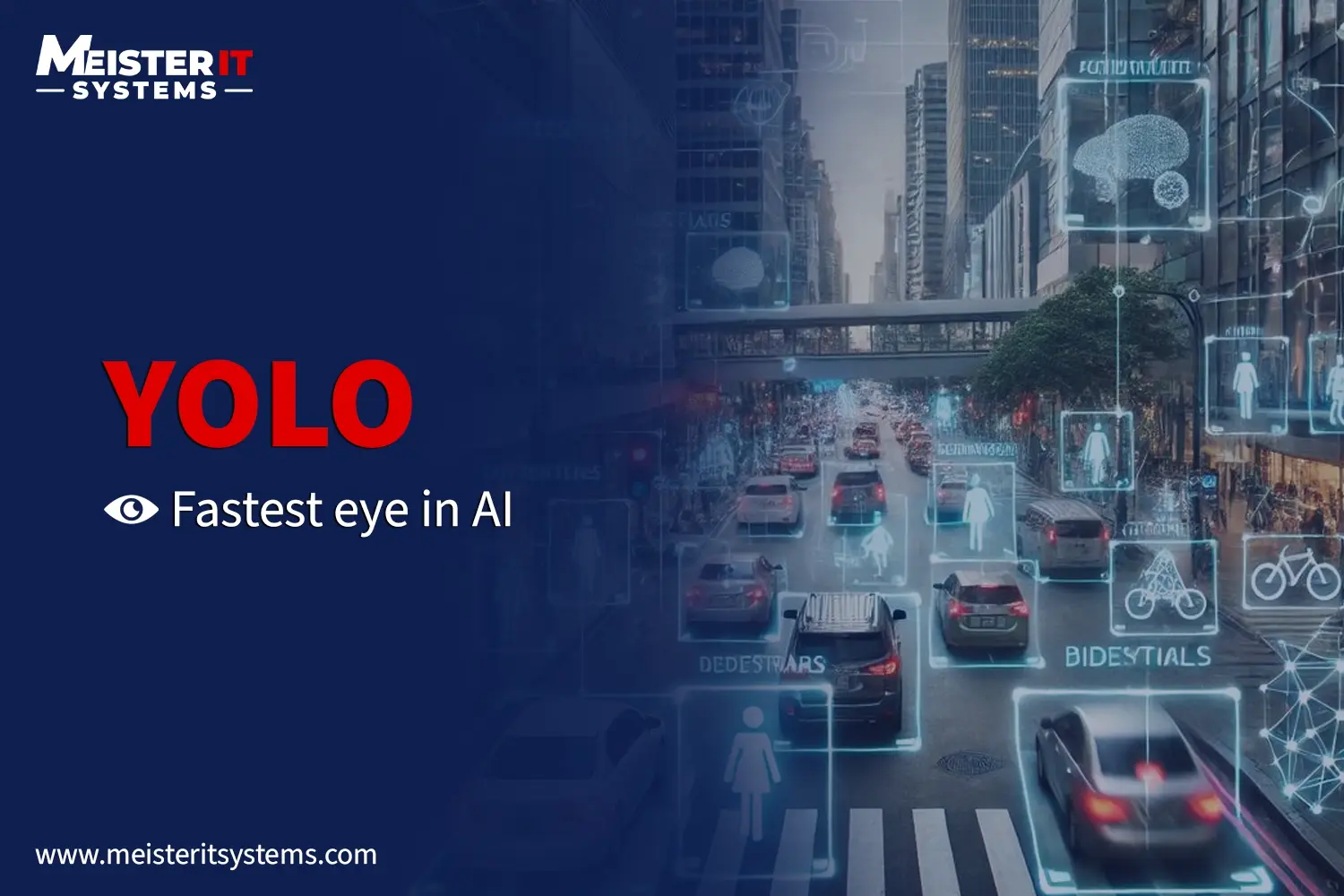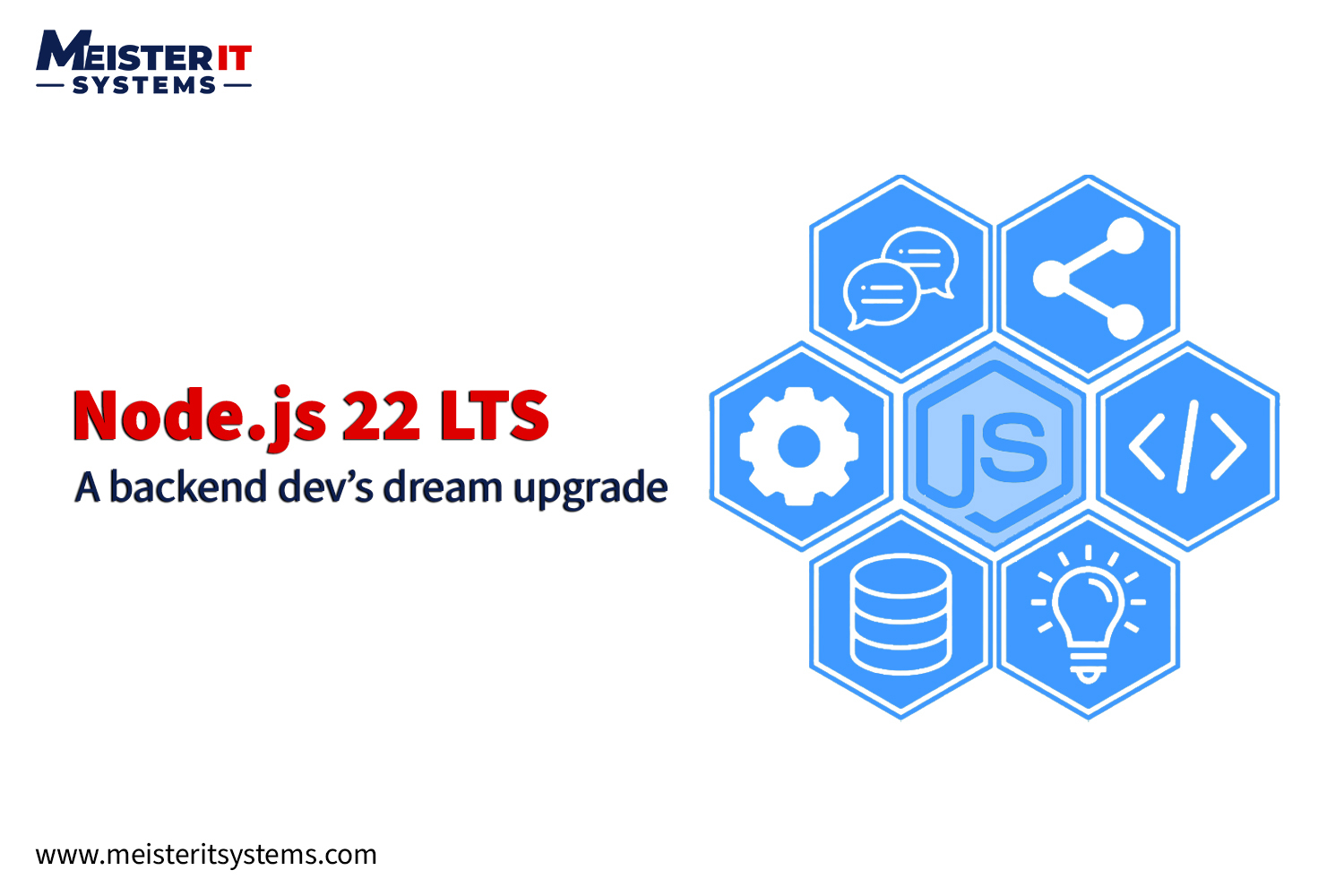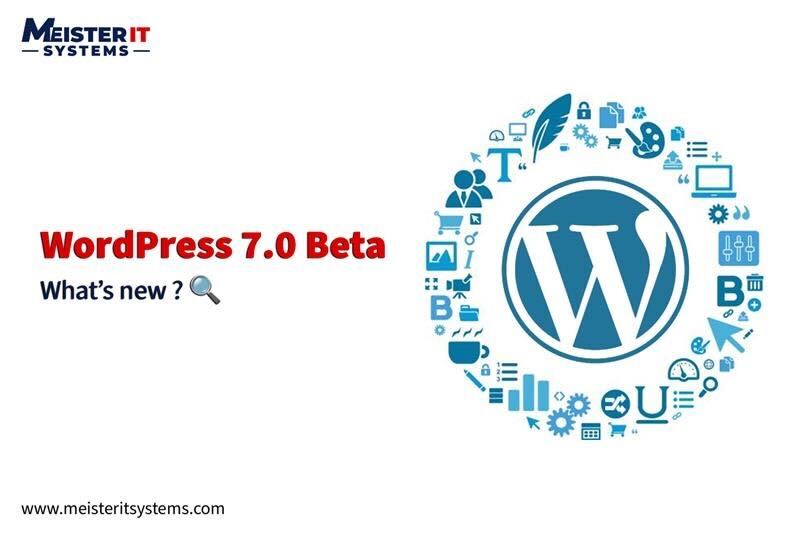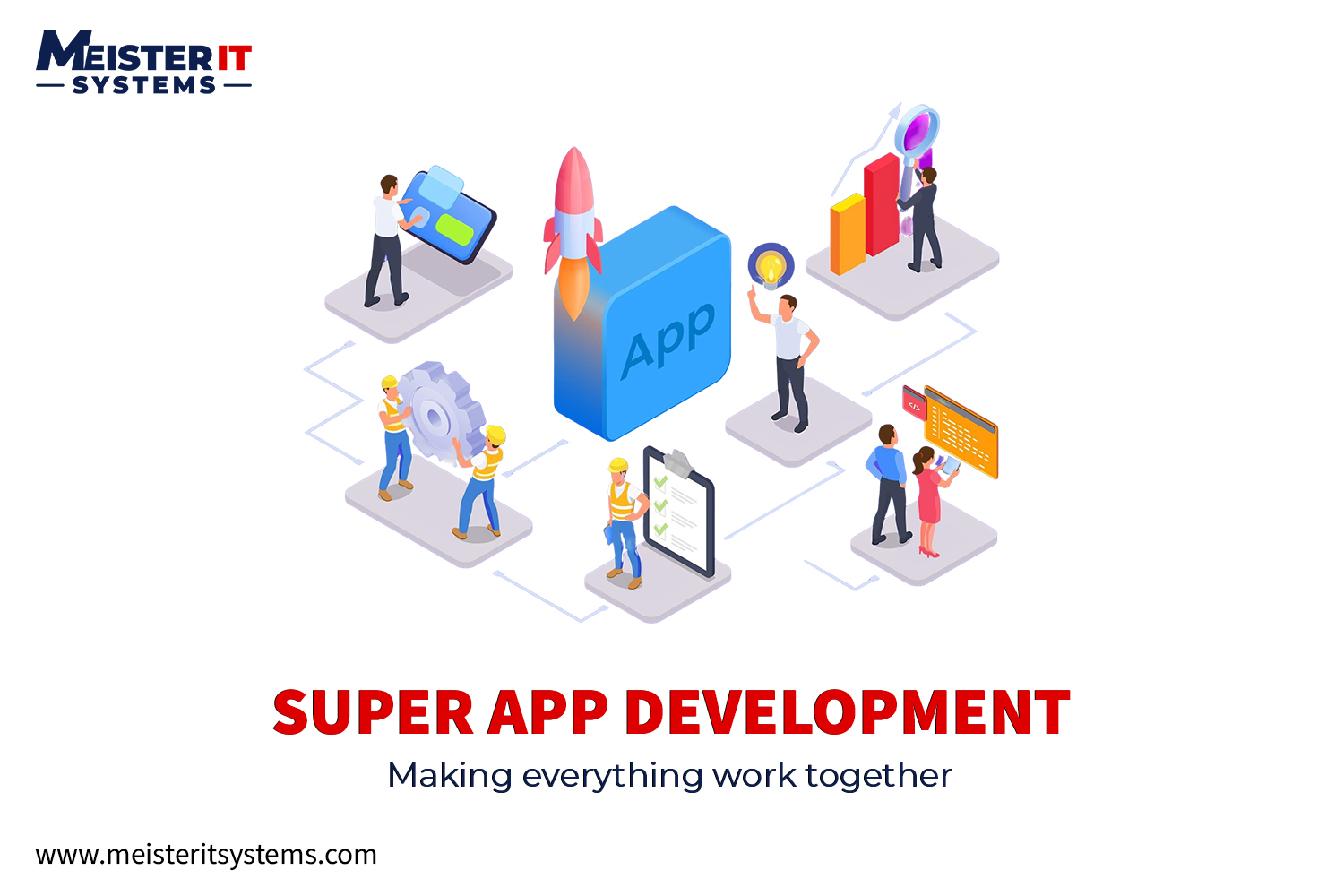
Key Takeaways
- Strong integration is the backbone of successful super app development.
- APIs and modular architecture drive faster scaling and flexibility.
- Unified data and single sign-on enhance security and user experience.
- MeisterIT Systems builds AI-powered super apps designed for seamless integration.
Introduction
Imagine opening one app that lets you book a ride, order dinner, send money, and chat without ever switching screens. That’s the promise of a super app. But behind that smooth experience is a complex web of systems that must work in sync.
Building a super app isn’t just about adding more features. It’s about connecting dozens of independent services in a way that feels effortless to the user.
In this article, we’ll explore the biggest integration challenges developers and CTOs face and how to solve them effectively.
What Is a Super App and How Does It Work?
A super app is a single mobile platform that brings together multiple services in one interface. Users can message, make payments, order food, or shop online without switching between apps.
This model thrives in mobile-first regions where ease of use drives adoption. Asia is leading the trend with platforms like WeChat, Grab, and Gojek setting the standard for all-in-one digital ecosystems.
Why Is Integration Critical in Super App Development?
Integration is what makes a super app feel seamless. It transforms separate features into one intelligent ecosystem.
When integration works well, it delivers measurable value:
- Lower customer acquisition costs through in-app cross-promotion
- Higher retention because users can do more in one place
- New revenue streams from loyalty programs and bundled services
- Smarter insights powered by connected data and AI
Without integration, even the best-designed super app feels disconnected and frustrating to use.
How Fragmentation Slows Super App Growth
Many large organizations operate in silos. Teams use their own tools, databases, and success metrics. When everything needs to come together under one app, compatibility problems emerge.
Fragmentation creates several issues:
- Repeated logins across services
- Poor data sharing, which limits personalization
- Inefficient cross-selling between business units
- Complicated security and compliance workflows
According to Gartner, more than 60% of super app initiatives fail early due to poor integration planning and data fragmentation.
Challenge 1: Tech Stack Fragmentation in Super App Integration
Legacy infrastructure remains one of the most common roadblocks to super app scalability.
How to fix it:
- Move to a modular architecture based on microservices and APIs
- Conduct a system audit to find overlaps and dependencies
- Create an API-first roadmap for all future development
A modular approach makes updates easier and prevents downtime when you replace or scale individual components.
Challenge 2: Managing Unified User Identity
Users should not have to sign in multiple times across your services. When identity systems are fragmented, personalization and security both suffer.
How to fix it:
- Implement Single Sign-On (SSO) or a unified App ID
- Use a centralized identity management platform
- Ensure compliance with GDPR and CCPA
A shared identity layer delivers a consistent, secure experience across your entire ecosystem.
Challenge 3: Breaking Data Silos in Super App Ecosystems
Data fuels personalization, but when it lives in separate systems, you lose the ability to understand your users. Disconnected systems block insights and personalization, limiting how intelligently the super app can respond to user needs.
How to fix it:
- Build a Customer Data Platform (CDP) to unify customer and transaction data
- Standardize data formats and APIs to make integration smoother
- Apply AI analytics to identify behavior patterns and business opportunities
When data is connected, your app can recommend relevant services, predict user needs, and personalize experiences in real time.
Always communicate clearly about how user data is collected and used. Transparency builds trust.
Challenge 4: Overcoming Internal Resistance During Integration
Resistance is natural when teams fear disruption or loss of autonomy. Transparency and shared ownership are key to alignment.
How to fix it:
- Form cross-functional teams with shared goals and KPIs
- Create an integration governance model to align departments
- Involve leadership early to remove blockers and set direction
Integration works when everyone understands they are building one ecosystem, not protecting separate systems.
Build, Buy, or Partner: Choosing the Right Growth Path
Once your base systems are integrated, you can expand into new verticals such as logistics, finance, or healthcare. There are three main approaches:
1. Build In-House
- Provides full control of user experience and data, but requires more time and investment.
- Best for: Companies with long-term strategy and strong internal tech expertise.
2. Acquire
- Buying an existing business accelerates entry into new markets, but it also brings with it legacy complexity.
- Best for: Enterprises that can manage post-acquisition integration challenges.
3. Partner
- Collaborating through APIs is faster and less risky but offers limited control.
- Best for: Businesses exploring new categories or regions.
Select the model that aligns with your available resources and growth objectives.
Optimize Your Core Before Scaling Your Super App
Before expanding, perfect your core. Fix friction points, streamline workflows, and standardize your systems.
- Map user journeys to find and remove obstacles
- Standardize APIs for future integrations
- Centralize data and identity management
- Maintain visual and functional consistency across services
A stable foundation makes your ecosystem ready for long-term growth.
Designing Scalable and Adaptable Super Apps
Integration is not a one-off project. It is an ongoing process that must evolve with technology and user expectations.
Keep your super app adaptable by following these principles:
- Build modular components that can grow independently
- Protect user privacy with transparent consent systems
- Invite third-party developers through APIs or mini-app frameworks
This approach ensures your platform can scale easily and stay relevant over time.
How AI Enhances Super App Integration and Growth
AI is what brings real intelligence to integrated systems. Once your services and data are connected, AI can optimize almost every user interaction.
AI can support by:
- Predicting user intent
- Personalizing recommendations
- Automating support and chat functions
- Detecting fraud and improving system security
AI depends on clean, unified data. Integration gives it the structure it needs to deliver meaningful insights and automation.
Final Thoughts
Integration is the invisible backbone of every successful super app.
A super app becomes successful when every part of the ecosystem works together. Integration may not be glamorous, but it is the foundation that holds everything up.
It takes time and coordination to align systems, data, and people, but the payoff is worth it: a scalable, intelligent platform that grows with your users.
Start small, keep your systems connected, and build flexibility into your design. The rest follows naturally.
Partner with MeisterIT Systems
At MeisterIT Systems, we help enterprises build AI-powered, API-driven super apps that grow seamlessly across markets. Our expertise in system integration, modular architecture, and AI implementation helps businesses create connected digital ecosystems built for scale.
Ready to build your own connected super app?
Talk to our experts to design your next-generation super app.
FAQs: Your Questions Answered
Q1: What makes super app integration difficult?
A1: It’s hard to connect many services, data sources, and APIs in one platform while keeping everything secure and fast.
Q2: How do APIs help in super app development?
A2: APIs let different systems talk to each other, making it easier to add or update features without breaking the app.
Q3: Why is a single login important for super apps?
A3: One login gives users a smoother experience and helps the app personalize content safely.
Q4: How can companies fix data silos?
A4: By consolidating all user data into a unified system, every service can access accurate, consistent information.
Q5: How does AI make super apps better?
A5: AI studies user data to predict what people need, recommend services, and spot security risks.
Q6: Is it better to build, buy, or partner for new features?
A6: Building gives control, buying saves time, and partnering helps test new ideas. The best choice depends on goals and budget.
Q7: How can a super app stay reliable as it grows?
A7: Use modular systems, conduct regular testing, and continuously monitor performance to keep everything running smoothly.
Q8: What technologies support super app integration?
A8: APIs, microservices, middleware, and cloud-based CDPs are the key enablers.



